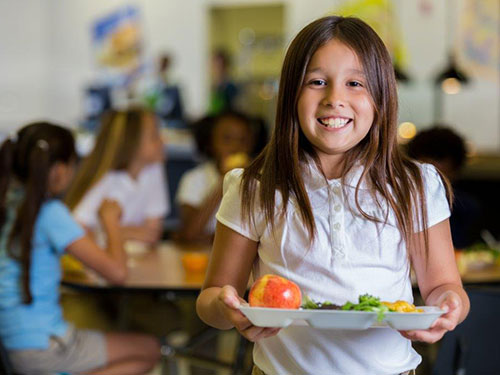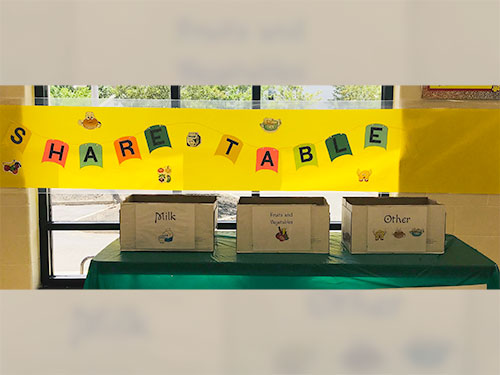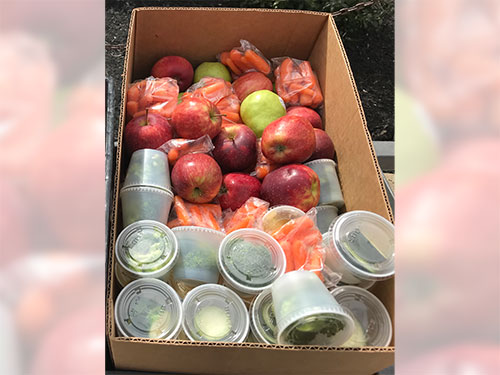
Fact Sheet FS1352
Food Waste
Currently, between 30–40% of the food that we produce in the United States ends up as waste.1 While food waste occurs at several sources, the USDA has identified schools as being a potential source of significant food waste reduction.2 Food waste is generally expected in schools due to varying individual food preferences and caloric needs of the student body. Additionally, students may be served food that they do not ask for or want, meaning that food is likely to end up in the trash by the end of the lunch period.
Food Insecurity
The United States Department of Agriculture (USDA) defines food insecurity as "the limited or uncertain availability of nutritionally adequate and safe foods or limited or uncertain ability to acquire acceptable foods in socially acceptable ways."3 Approximately 37 million people, including 12 million children, in the U.S. are food insecure.4 This is not because we do not have enough food to feed everyone, but rather, because we do not have food distribution systems in place that ensure equitable access to food.5
Share Tables
One way to address both the issue of food waste and that of food insecurity is to create a Share Table, which is a designated place in a school lunchroom where students can place unopened food and drinks that they do not consume. Any student may then take the items left on the Share Table to eat or drink later. The food on the Share Table may also be used as snacks at other times in the school day, such as after-school programs or sports practices. Alternatively, Share Table food may also be donated to local food pantries or soup kitchens.
Share Tables are relatively simple to set up and are low- or no-cost solutions to reducing waste. Schools will need a designated table or other area that is easily accessible to the students. Boxes may be set up there to keep foods separate, based on their categories (fruits, vegetables, milk, etc.). The area should have clear signs indicating that it is a Share Table, as well as brief instructions for what types of foods may be shared and designated spots for various foods (for example, all milk should go in one area and be kept cold on ice or in a refrigerator, and stay separate from fruits and other foods). Clear signage will ensure that students will easily understand where to place each item that they contribute to the Share Table.
Students, lunchroom staff, and school staff should all receive training in advance of creating a Share Table so that they understand what foods can and cannot be donated, as well as proper food safety practices.
USDA Support and Guidance
The USDA supports and encourages the use of Share Tables in school lunchrooms (see below for the USDA's guidance on Share Tables). School leaders and food service personnel may be fearful of potential liability from donating food; however, the federal Bill Emerson Good Samaritan Act protects against liability for these types of donations (see links below). Schools that wish to donate food do need to adopt and follow proper food safety protocols when donating food. See below for a sample Share Table food safety protocol.
Getting Started
If you are interested in creating Share Tables in your school, use the steps listed below to ensure that you consider all necessary steps and criteria.
BEFORE Creating a Share Table
CREATING the Share Table
MAINTAINING the Share Table
Share Tables are an easy, low-cost, and effective way to address food waste and food insecurity in schools and the greater community. Implementing Share Tables can save food from going to waste while also feeding those who may be food insecure within the school or greater community.
More Information
References
February 2023
Copyright © 2025 Rutgers, The State University of New Jersey. All rights reserved.
For more information: njaes.rutgers.edu.
Cooperating Agencies: Rutgers, The State University of New Jersey, U.S. Department of Agriculture, and Boards of County Commissioners. Rutgers Cooperative Extension, a unit of the Rutgers New Jersey Agricultural Experiment Station, is an equal opportunity program provider and employer.



